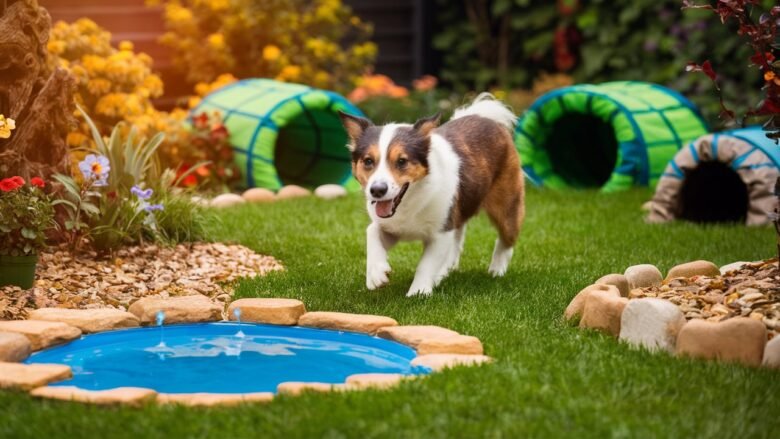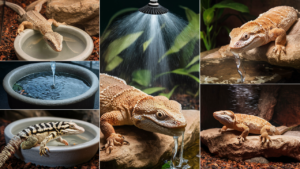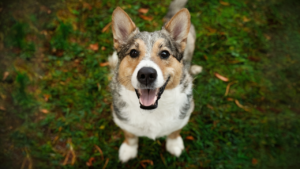Designing a pet-friendly landscape involves creating a beautiful outdoor environment that caters to the safety and enjoyment of our furry friends. This article explores imaginative landscaping ideas to ensure your garden is both stunning and suitable for pets, including pet-safe gardens, charming pet paths, and designated outdoor zones for pets to relax and play.
Pet-Friendly Landscaping Ideas
In creating a pet-friendly paradise, the focus on safety is paramount. Start by eliminating harmful chemicals in fertilizers and pest control. Opt for natural alternatives, ensuring pets are safe from toxins.
Use pet-safe materials for hardscapes; smooth stones, treated wood, and non-slip surfaces provide comfort and security. Design paths that are easy to navigate, reducing slips and falls while accommodating your furry friends’ playful nature.
Incorporate thoughtful layouts that minimize escape routes. Solid fences or dense shrubbery can prevent adventurous pets from wandering off, allowing them to explore within bounds while maintaining aesthetics.
Design wide paths and spacious areas for pets to roam freely, ensuring the space is enjoyable and functional. Consider using soft-edged landscapes to avoid accidents, allowing pets to engage safely with their surroundings.
Designing Pet-Safe Gardens
Designing a pet-safe garden requires careful consideration of both aesthetics and safety. Prioritize non-toxic plants and avoid harmful chemicals, ensuring pets can freely explore without risk. Utilize natural, permeable materials for pathways to prevent slips and protect sensitive paws.
Implement garden designs that limit open escape routes, utilizing fences or natural barriers to keep your furry friends secure. Incorporate shaded spots where pets can relax, alongside sturdy seating areas that blend into the environment.
Opt for rounded stones or soft mulch for surfaces where pets roam, promoting comfort and reducing injury. Strategically place visual and tactile features, such as gentle water elements, to stimulate and engage pets in their outdoor retreat. This balance of beauty and safety creates a haven where pets can thrive.
Incorporating Pet Paths
Incorporating pet paths into your landscape design plays a crucial role in guiding your furry friends while enhancing garden aesthetics. To create safe, durable paths, consider using non-toxic materials like decomposed granite, pebble stones, or rubber mulch, which provide traction and minimize slipping.
Integrating natural elements such as low-growing ground cover and native plants along the paths not only beautifies the area but also encourages exploration without harming delicate flora. Paths can strategically lead to designated play or relaxation zones, ensuring pets have defined areas for fun within a beautifully interconnected garden.
Incorporate curves and gentle slopes in your paths to stimulate your pets’ curiosity and provide a more natural flow. Additionally, using varying widths for paths can accommodate different pet activities while maintaining an inviting appearance. Successful design will stimulate your pets’ senses and contribute positively to the overall outdoor experience.
Creating Outdoor Pet Zones
Designing outdoor pet zones is essential for creating an environment where pets can thrive. These dedicated areas should feature secure fencing for safety, diverse pet-friendly amenities like agility equipment, and shaded resting spots. Selecting non-toxic plants enhances the beauty without risking pet health, while durable surfaces prevent wear and erosion. Ideal zones offer seamless transitions from other landscape elements, fostering exploration while ensuring a pleasant environment for both pets and owners.
Conclusions
Creating a pet-friendly landscape is an enriching endeavor that enhances both the quality of life for pets and the aesthetic appeal of outdoor spaces. By incorporating thoughtful designs, safe materials, and designated zones, you can cultivate a harmonious environment where your pets can thrive while keeping your landscape beautiful.



